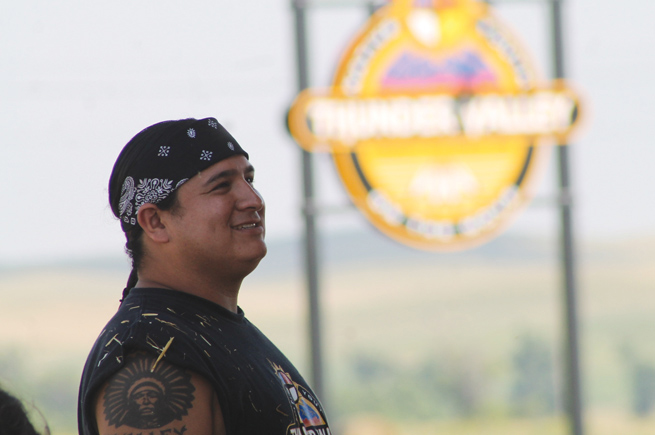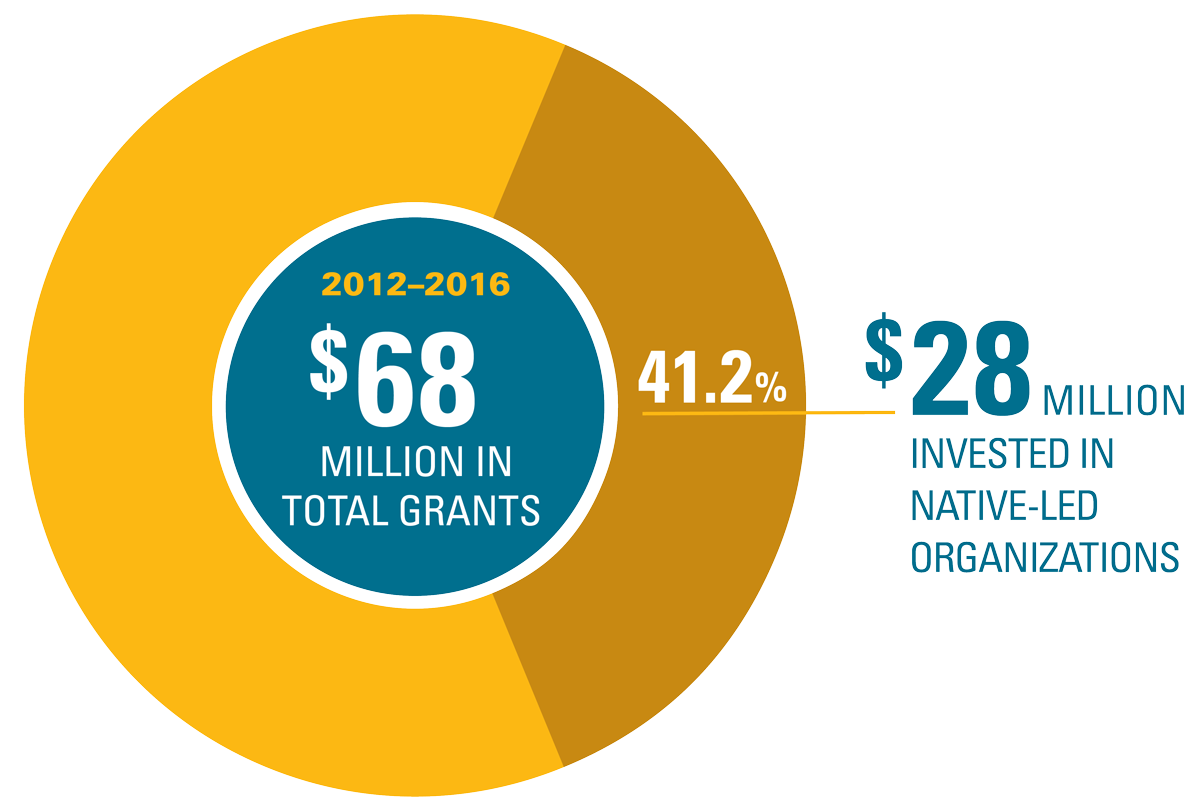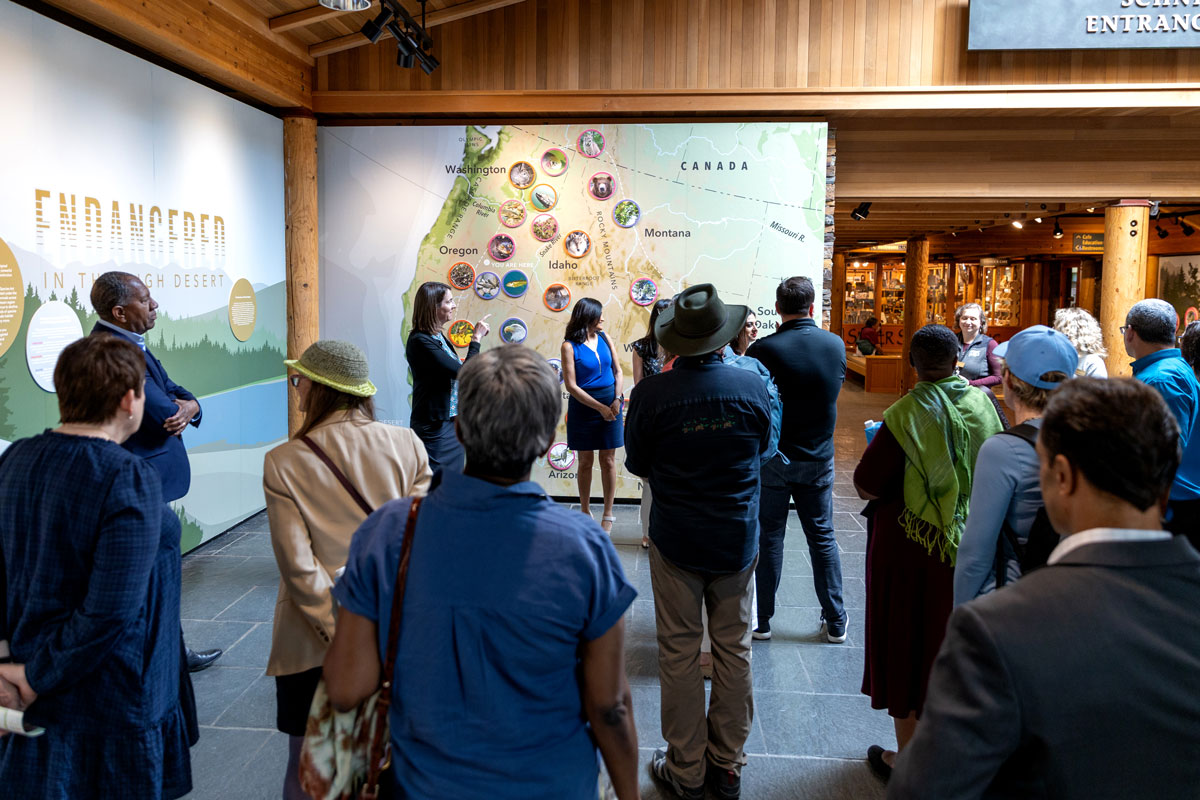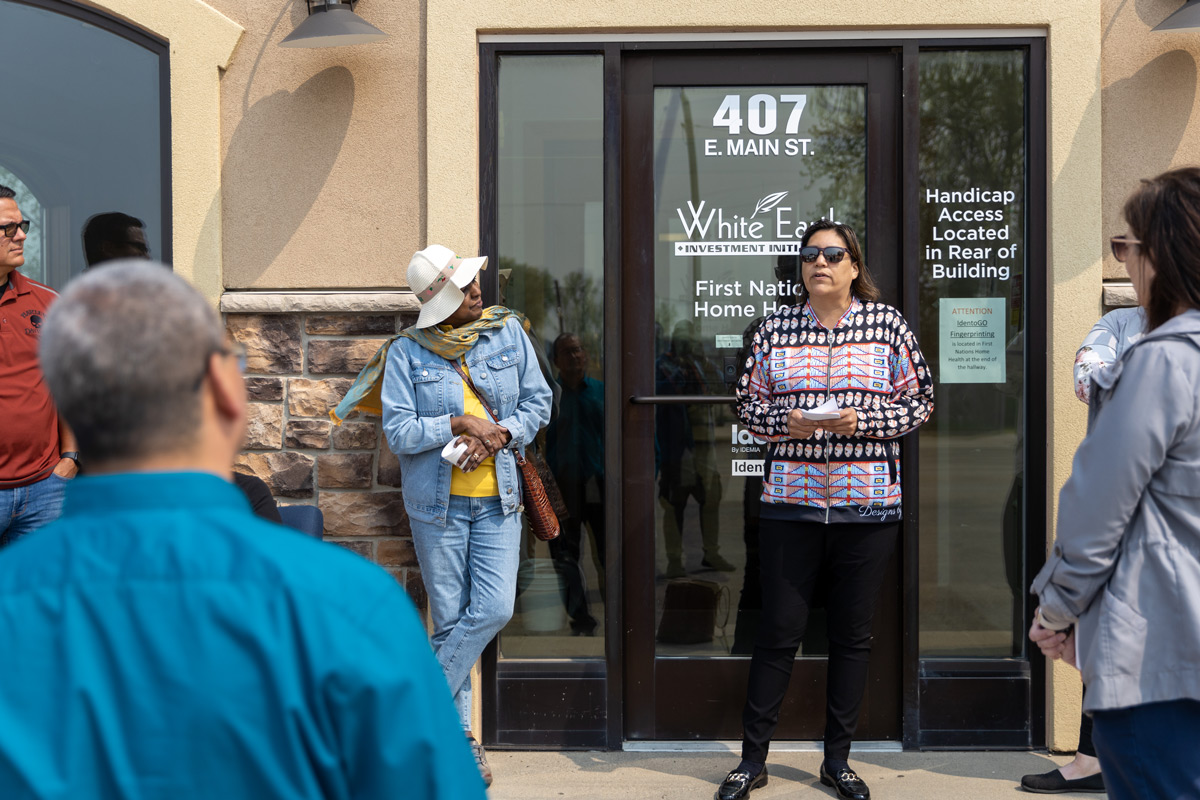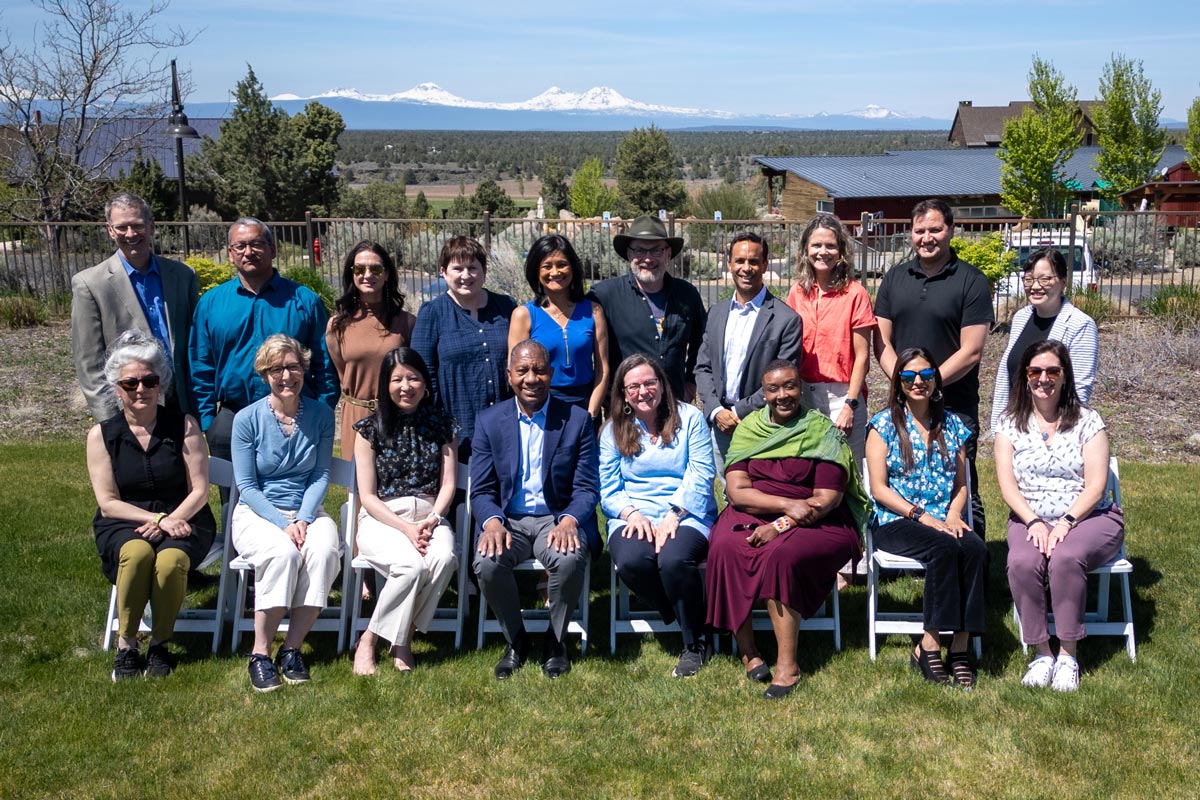Our commitment to tribal communities is intentional.
Since 2012, we’ve remained committed to investing 40 percent of our annual grant dollars in support of Native-led organizations. From 2012 to 2016, we invested more than $28 million in Native-led organizations, which is 41.2 percent of NWAF’s $68 million in grants during that period.
Our commitment continues into the future, but the five-year period from 2012 to 2016 is the most recent for which we have full information for evaluation purposes.
Our funding focuses on poverty reduction and community wealth-building efforts on reservations and in urban Native communities. Our goal has been, and will continue to be, to increase meaningful economic productivity within Native communities.
Before 2012, 30 percent of our new grants went to Native-led organizations. It was a start, but it wasn’t explicit, and we knew it wasn’t enough to create lasting change.
“We wanted to continue and increase that commitment, recognizing we share a footprint with 75 Native nations,” said Karla Miller, our program director.
The 40 percent commitment applies to grants across all portfolios.
Our commitment to investing in Native-led organizations advances good jobs and financial capability through our four grantmaking portfolios. Our portfolios are mutually reinforcing, and we recognize the connections between them.
• Opening Access to Capital connects people to resources.
• Expanding Work Opportunity gives people pathways to quality jobs.
• Supporting Enterprise Development drives entrepreneurship.
• Promoting Financial Inclusion gives families tools to climb out of poverty.
Investments in Native-led organizations through any one of the portfolios has a positive impact on each of the others. Learn more about our four portfolios on our website.
What we learned about how to support Native-led groups.
We evaluated the success of our investments from 2012 to 2016 by working with grantees to identify gaps in their work on the front end, establish their goals moving forward, and then analyze the progress made toward those goals. Here’s a glimpse at what we learned:
It’s important to support anchor institutions advancing community and economic development in Native communities. This includes community development financial institutions (CDFIs), Native CDFIs, tribal colleges, and nonprofit organizations. These anchor institutions play a critical role in providing financial services to underserved individuals and businesses, building sustainable economic systems, and supporting workforce development efforts.
We must continue developing peer learning networks for CDFIs and Native CDFIs in our region to increase their individual and collective capacity. Native CDFIs (check out our recently refreshed Native CDFI webpage!) are weavers, connecting the elements necessary to build thriving local economies. They open doors to loans, credit, good jobs, and much more. Connecting Native CDFIs to each other provides opportunities to share expertise. It also better equips them with the tools needed to narrow capital access gaps in our region and build vibrant communities.
Our staff also participated in two daylong mini-retreats to step back and assess our evaluation and learning activities. We explicitly focused on how to be even more effective in supporting Native-led organizations. With strong community ties, these organizations are engines that build prosperity. We trust that the community knows what’s best for its current and future vitality. Our grantmaking is guided by learning from Native leaders.
We also recognized that we need to be more effective in balancing our priorities. By listening to what are communities are saying, we can gauge what’s working well and what needs to be adapted.
A grantee that helps power an economic engine: Thunder Valley CDC.
One example of our funding that supports Native-led organizations is Thunder Valley Community Development Corporation (CDC). We’re excited to highlight their impact in Indian Country and their commitment to build stronger, more stable communities.
Thunder Valley CDC received a two-year, $500,000 grant in 2016 to support a project aimed at empowering families on the Pine Ridge Reservation in South Dakota. The organization is working to build a secure financial future for its community.
“Thunder Valley CDC has helped to create good jobs, provide much-needed housing, and supports two cooperatives: a quilters co-op and a construction co-op.”
Karla Miller
Program Director, Northwest Area Foundation
“Thunder Valley CDC has helped to create good jobs, provide much-needed housing, and supports two cooperatives: a quilters co-op and a construction co-op,” said Miller.
Thunder Valley CDC is responsive to the needs of its community. On the Pine Ridge Reservation, there is a need for 4,000 additional homes. The organization is working to address this by offering multiple options for people interested in homeownership. For example, a “sweat equity” option lets buyers work together to assist in the construction of one another’s homes in order to reduce costs. Thunder Valley CDC’s strategy around homeownership is to use it as an economic engine to build community wealth.
Here’s how we’re improving the impact of grants in Indian Country.
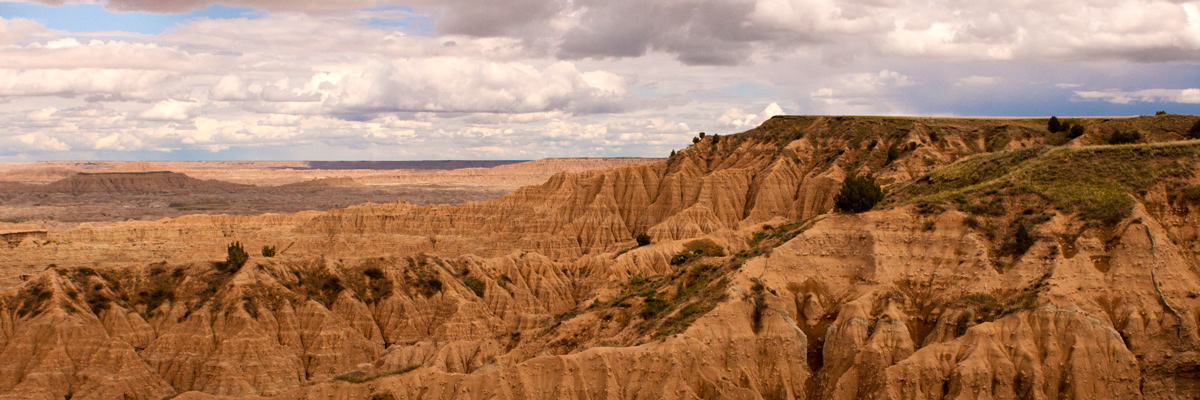
We’ve learned a lot since 2012 and we’re using what we’ve learned to strengthen the impact of our grantmaking. Here’s what we’re carrying forward:
Build collaboration
We must collaborate with other funding institutions working in our priority communities to build stronger ties between tribal governments, state and federal agencies, and our Foundation itself.
Grantees inform us
We need to keep improving our understanding of the context of the communities we serve, using the expertise of our grantees to deeply inform our grantmaking approaches.
Culturally anchored models
We need to continue to make grants based on models that grow economic systems in Indian Country and that are rooted in Native culture.
A better pipeline of opportunities
Our broader vision of increasing good jobs and financial capability in Indian Country will result from a pipeline of opportunities including job training, small-business and social-enterprise development, financial education, and access to capital.
How this affects our future grantmaking.
Moving forward, we’re placing a more intentional focus on the intersections between the portfolios, clearly articulating the connections among them and how they work together.
Grantmaking to Native-led organizations comes from all four of our portfolios to increase impact.
One example of this work is our Vibrant Tribal Economies initiative, a five-year effort to assist up to five Native-led organizations from tribal communities in our region. They’ll be re-visioning what healthy tribal economies could look like in the future. The work will improve financial capability through interconnections among several portfolio areas by advancing workforce development opportunities, access to capital, and pathways to financial inclusion.
You’ll be reading more about this initiative and other grantee work that we fund in Native communities in the coming months. Keep an eye on our blog and website, and let us know what you think!

